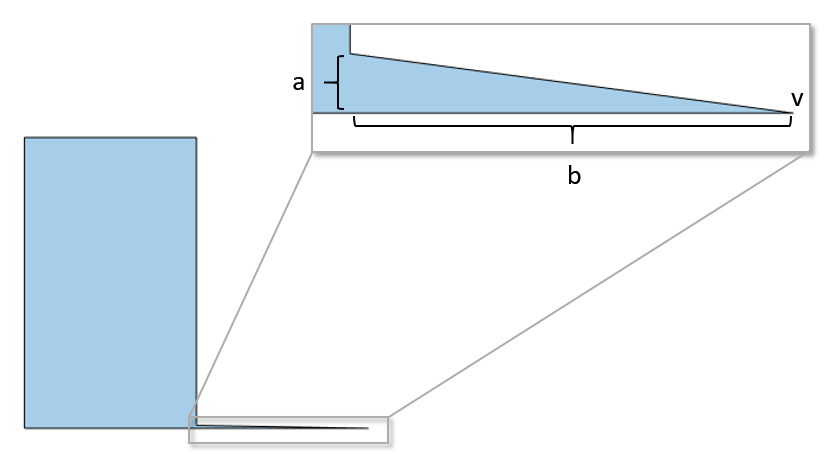rmslivers
Remove polyshape boundary outliers
Description
polyout = rmslivers(
returns a polyin,tol)polyshape object made up of the boundaries of
polyin with any outlier vertices removed.
tol defines boundary
outliers based on the ratio of relative distances between
vertices.
Examples
Input Arguments
More About
Extended Capabilities
Version History
Introduced in R2017b


